|
“Home Sweet Home” means different things to different people. In researching the origin of this popular expression, I found roots lying with a popular song dating back to 1823. "Home, Sweet Home" is a song adapted from American actor and dramatist John Howard Payne's 1823 opera Clari, or the Maid of Milan. The song's melody was composed by Englishman Sir Henry Bishop with lyrics by Payne. Mid pleasures and palaces though we may roam Be it ever so humble, there's no place like home A charm from the skies seems to hallow us there Which seek thro' the world, is ne'er met elsewhere Home! Home! Sweet, sweet home! There's no place like home There's no place like home! An exile from home splendor dazzles in vain Oh give me my lowly thatched cottage again The birds singing gaily that came at my call And gave me the peace of mind dearer than all Home, home, sweet, sweet home There's no place like home, there's no place like home! Interest in the song was strong in both Great Britain as well as the United States. When published separately, “Home, Sweet Home” quickly sold 100,000 copies, making considerable profits for both publishing companies and the producers of the opera. Soon, the song would be performed publicly by stage entertainers and in school-related concerts and recitals. In 1852 Henry Bishop "relaunched" the song as a parlor ballad, and it became very popular in the United States throughout the American Civil War and after.  Advertisement for "Home Sweet Home" appearing in the London Times (May 20, 1823) Advertisement for "Home Sweet Home" appearing in the London Times (May 20, 1823) In this week’s piece, I’d like to introduce readers to a branch of a family that obviously cherished Frederick, Maryland as “Home, Sweet Home” for a final resting place. Their surname of Johnson is synonymous with not only Frederick, but Maryland as well. Residing in various places around the country, several bodies were brought back to a newly created family plot in Mount Olivet in the year 1915. Dr. James Thomas Johnson (Jr.) was born June 26th, 1828 in Port Tobacco, Charles County, Maryland. He was the son of James Thomas Johnson and Emily Newman, and a great-grandson of Roger Johnson (1749-1831). You may recall that Roger Johnson was the one-time owner/operator of Bloomsbury Forge on Bennett’s Creek in southeastern Frederick County. He also was the kid brother of Maryland’s first elected governor, Thomas Johnson, Jr. 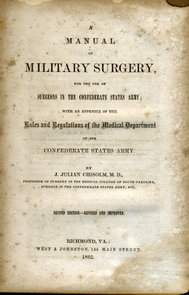 Now back to our subject James T. Johnson. His education was begun at the Frederick Academy and he went on to graduate in 1850 from Princeton (New Jersey). After graduation, Johnson studied medicine with his father and advanced his knowledge at the University of Maryland, gaining his degree in 1852. The young physician married Miss Anna Mobberly of New Market, the daughter of Dr. E. W. Mobberly. James T. Johnson opened his practice in Frederick at this time and enjoyed great success until the beginning of hostilities connected with the American Civil War. Dr. Johnson was outspoken in his support of the Southern Cause, and this would lead him to enter the service of the Confederacy as an assistant surgeon of the provisional army. He would quickly rise up in rank to hold the title of surgeon. Johnson was elevated again to the position of medical purveyor of the army, and then Chief Purveyor of the Army in 1862. In this role, Dr. Johnson had control of the hospitals and medical supplies for the entire army, involving an outlay of 1.5 million dollars/month with his principal depot being headquartered at Charlotte, North Carolina. He would hold this position until the war’s end in 1865. Dr. Johnson would come back to Frederick, but was not welcomed back with open arms by the majority of the Union-siding populace. Diarist Jacob Engelbrecht made mention of return in June, 1865, starting off his passage with: “Another batch of returned Rebels from our country have returned within a few weeks, viz J. D. Cockrill, Doctor J. T. Johnson, Richard Norris, Sergeant Michael P. Galligher, Carl Hoffman, Amos Scott….” This “homecoming” likely prompted the physician to take his practice elsewhere. And that he did, traveling across the country to make his new start. Newspaper advertisements show Johnson bouncing between Virginia City and Reno, Nevada in the 1870’s. This stint was capped by Johnson becoming a health officer for the state of Nevada, established in 1864. By the end of the decade, Dr. Johnson and son Roger would be listed in the 1880 US census. They were now living together in San Rafael, Marin County, California. "Doc" Johnson would leave northern California in 1885, however Roger would live out the balance of his life in nearby San Francisco, practicing law over the next three decades. He would not marry. Dr. Johnson next relocated to Decatur, Alabama, and served as health officer there until 1891. He would move to nearby Huntsville and hold the position of Health Officer of Madison County until the evening of August 9, 1899. After attending to his duties that day, the doctor would take supper with his wife. He would suffer a stroke shortly after, causing his death at the age of 68.
Mr. Blair was the son of famous Union Civil War Gen. Frank Preston Blair. Blair’s father also served as a US congressman from Missouri. Cary had come from a high pedigree family as well. His grandfather was Kentucky newspaper editor and politician Francis Preston Blair, who, in 1840, came across a mica-flecked spring near, what is today, Georgia Avenue near the Washington, DC line. The location today is Acorn Park at Blair Mill Rd., Newell St. and East-West Highway. The elder Blair decided he liked the location so much that he would acquire the property surrounding the spring and build a summer home for his family, away from the sweltering, malaria-infested confines of the capital city. Mr. Blair constructed a 20-room mansion on the parcel and called it “Silver Spring.” Cary’s uncle, Montgomery Blair, represented Dred Scott in the landmark Supreme Court case and served as mayor of St. Louis and Postmaster General under President Lincoln. Emily (Johnson) Blair gave birth to a son, Francis Preston Blair III, on September 3, 1891. She would endure complications from the childbirth and developed Puerperal Pyrexia, dying just over two weeks later on September 19th, 1891. Cary Blair would not recover from his wife’s premature death, and lived a reclusive existence in Colorado and Texas until his own death in 1944. Son Francis was adopted and raised in Philadelphia by Cary’s brother, dying himself in London in 1943. 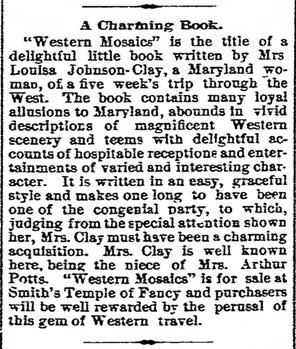 Frederick News (Dec. 16, 1892) Frederick News (Dec. 16, 1892) Shortly after Dr. Johnson’s death, wife Anna M. Johnson and surviving daughter Louisa (Johnson) Clay would relocate to Maryland from Alabama. Named for her ancestral cousin and former First Lady (Louisa Johnson, wife of John Quincy Adams), Louisa married Huntsville attorney William Lewis Clay (1852-1911). William L. Clay was also a one-time secretary of the Alabama State Senate. Louisa won some notoriety of her own as an author, compiling a 70-page book called Western Mosaics, which chronicled a five-week trip through the west. She was also responsible for writing The Spirit Dominant: A Life of Mary Hayes Chynoweth. Ms. Chynoweth was a noted philanthropist and faith healer, responsible for establishing the True Life Church. It seems that the union between Mr. and Mrs. Clay was not the epitome of “Sweet Home Alabama.” They would divorce, likely the impetus for Louisa and her mother to return home to Frederick, Maryland. Once back, they first lived on East Patrick Street, and later can be found living at 207 East Second Street (in the household of William and Margaret Young) by the time of the 1910 census. Anna Mobberly Johnson died a few days before Christmas (December 22) of 1913, and was buried on Christmas Eve. The mother and daughter had bought lots at Mount Olivet Cemetery, but would acquire more than two for their personal needs. These were located next to the gravesite of Mrs. Johnson's parents and brother, all three dying in the 1870's and 1880's. In death, the James T. Johnson family would be carefully brought back together in Frederick. Roger Johnson died January 13th, 1915. Louisa personally went to San Francisco to make the necessary plans for disinterment and cross-country travel. On March 18th, Roger was laid to rest next to his mother. A bachelor with no heirs, Roger Johnson’s estate made national headlines as he left $200,000 in trust to a young student at the University of California at Berkeley. During the ongoing months of 1915, various stories described illnesses besetting Louisa, but full recoveries were always the case—at least until October of that year. The month started with two more reburials within Mount Olivet. On October 4th, the bodies of Dr. James T. Johnson and Emily Johnson Blair traveled back to Frederick from Huntsville, Alabama and were brought through the main gates. They were destined for reburial in the family plot on Area H/Lot 477.
8 Comments
Irene Packer-Halsey
5/1/2017 08:26:14 am
Another interesting and beautifully written Frederick story....love learning about the history of residents of our town....congratulations great work!
Reply
Charles M. Thomas
5/1/2017 09:54:26 pm
Thanks for all of the information you are sending its very informative. My family settled in Frederick and many came from Germany in the early 1800's. I have a number of relatives that are laid to rest at Mount Oliver Cemetery.
Reply
Marjorie Pittinger
5/1/2017 10:20:55 pm
Could you tell me what it says on the bottom of Louisa's marker?
Reply
5/2/2017 05:49:29 pm
Hi Marjorie,
Reply
Cindy Castle
5/2/2017 02:16:05 pm
I love all your stories. Great work. Thank you.
Reply
Ray Nichols
3/3/2018 12:56:57 pm
I'm sorry but a couple of the dates for Dr. James T Johnson, Jr are wrong. If you look at his headstone he was born June 26, 1828 in Charles County, MD, not 1831. Also, he married Anna T. Mobberly September 21, 1848 in Frederick County, MD, not 1852. Otherwise the story is great! Thanks for all the info.
Reply
Chris Haugh
3/5/2018 01:55:33 pm
Hi Ray, thanks so much for checking-in and questioning the birthdate. I used the date that is recorded in our Mount Olivet Cemetery records when I wrote the story and added the pictures later when compiling for website. I completely missed the difference in year as both our lot card and Dr. Johnson's interment card say that he was 68 at the time of death (in 1899). This would leave earlier staff to compute/record 1831 for his birthdate. Now, I have found occasions in which our records are incorrect, and I have also found stones to be incorrect. However in this case, we have not only your citing here, but Dr. Johnson was a prominent individual in his community. We also have the reference to him being 51 in the 1880 census which leads me to believe that Louisa Johnson Clay, gave the incorrect death date to our Superintendent back in October, 1915 when the doctor's body was re-interred here from Huntsville, AL.As far as the marriage date, I couldn't find one but saw that he was married around his 20th year, which I assumed was 1851, and moreso early 1852 after he graduated. I will note this in our records and make appropriate edits to the story. Again, thanks for your support!
Reply
Nancy Rohr
2/4/2024 11:38:40 am
Louisa Johnson married William Lewis Clay, known as Willie, through childhood and later. He was a grandson of Alabama's Governor Clement C. Clay. Amazing family: see An Alabama Schoolgirl in Paris.
Reply
Leave a Reply. |
STORIES
|
Archives
July 2024
June 2024
May 2024
April 2024
March 2024
February 2024
January 2024
December 2023
November 2023
September 2023
August 2023
July 2023
June 2023
May 2023
April 2023
March 2023
February 2023
January 2023
December 2022
November 2022
October 2022
September 2022
August 2022
July 2022
June 2022
May 2022
April 2022
March 2022
February 2022
January 2022
December 2021
November 2021
October 2021
September 2021
August 2021
July 2021
June 2021
May 2021
April 2021
March 2021
February 2021
January 2021
December 2020
November 2020
October 2020
September 2020
August 2020
July 2020
June 2020
May 2020
April 2020
March 2020
February 2020
January 2020
December 2019
November 2019
October 2019
September 2019
August 2019
July 2019
June 2019
May 2019
April 2019
March 2019
February 2019
January 2019
December 2018
November 2018
October 2018
September 2018
August 2018
July 2018
June 2018
May 2018
April 2018
March 2018
February 2018
January 2018
December 2017
November 2017
October 2017
September 2017
August 2017
July 2017
June 2017
May 2017
April 2017
March 2017
February 2017
January 2017
December 2016
November 2016

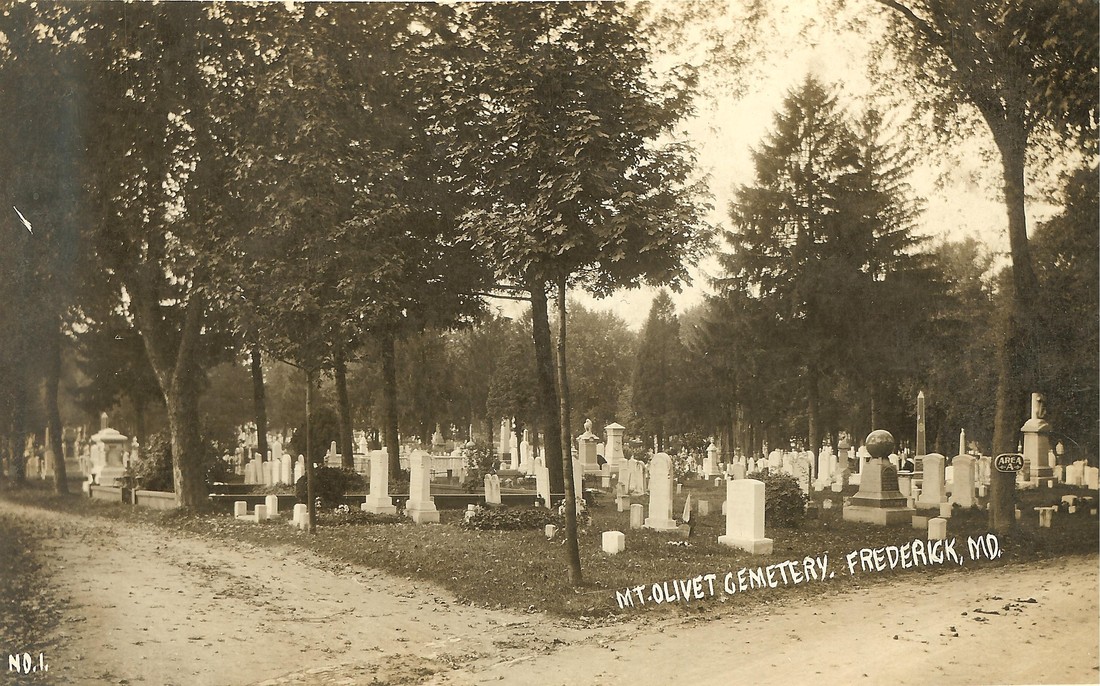
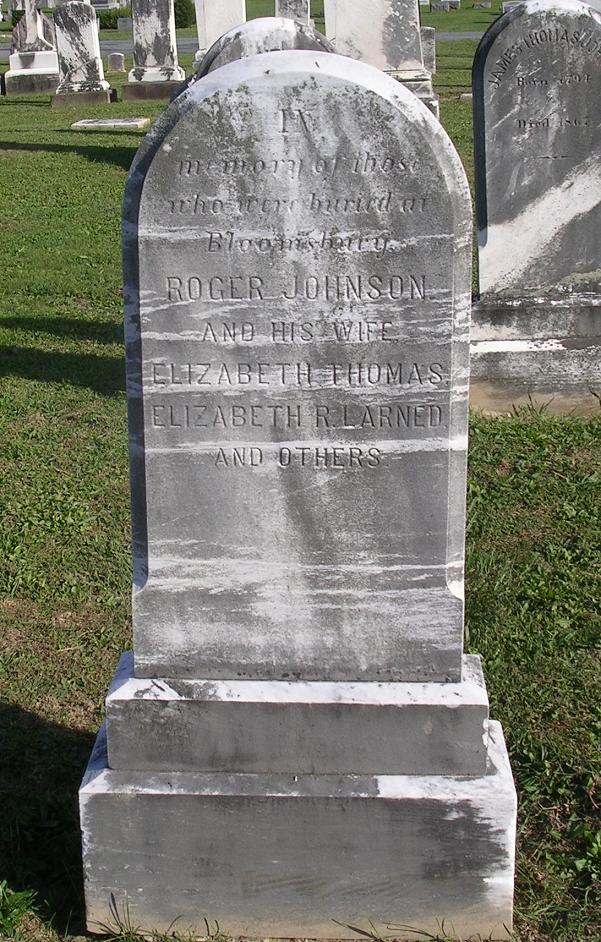
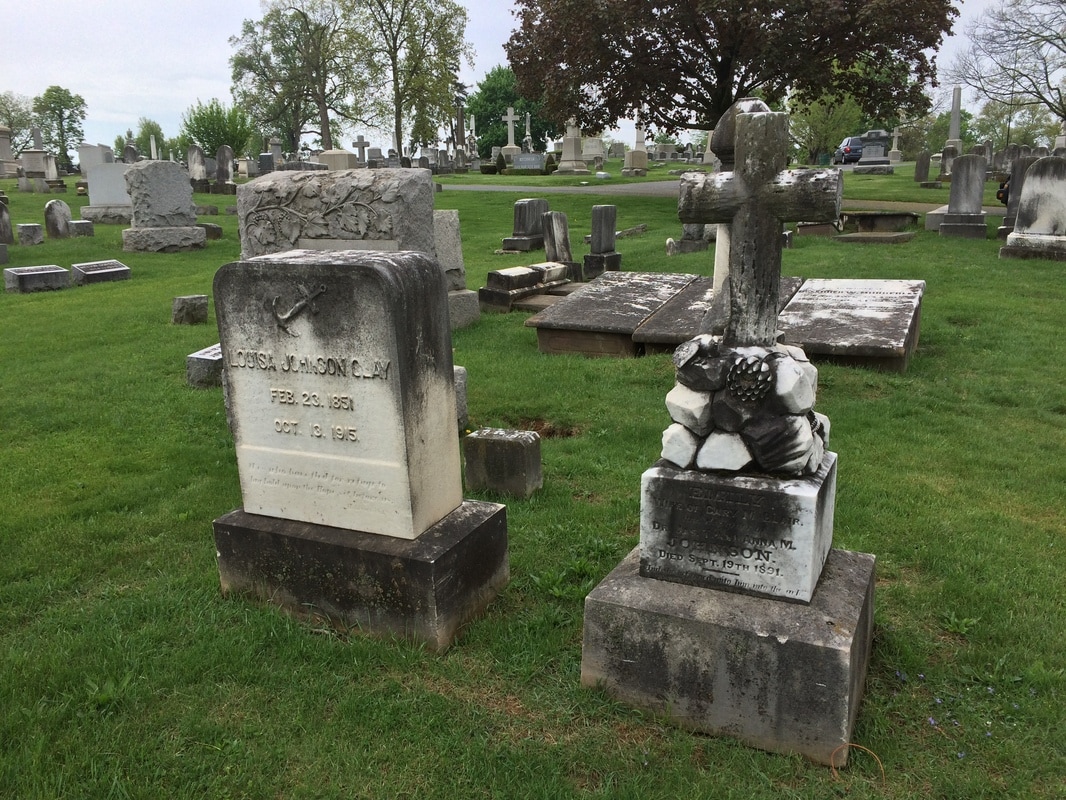
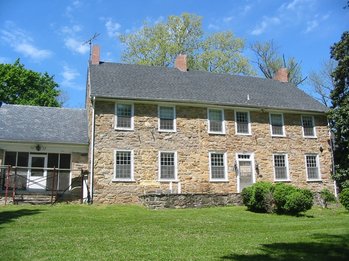
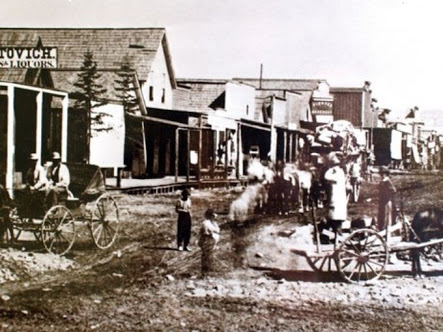

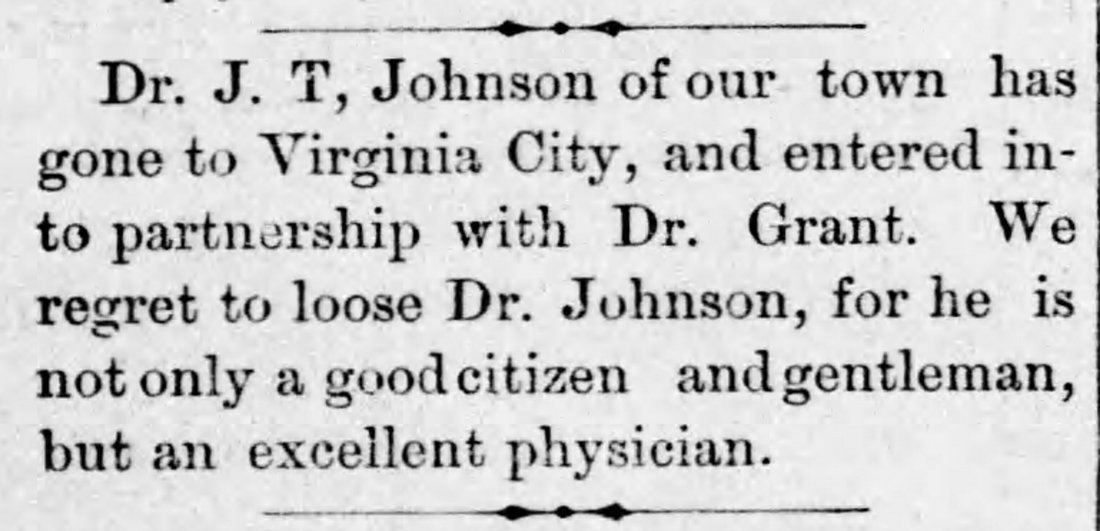



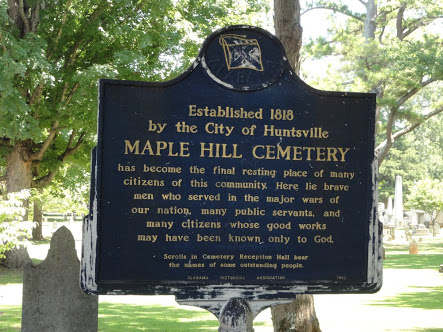

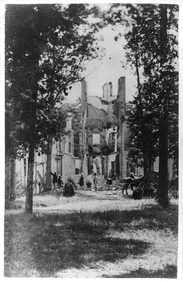
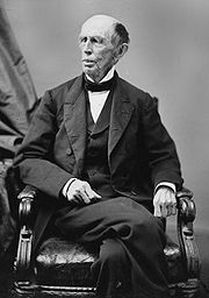
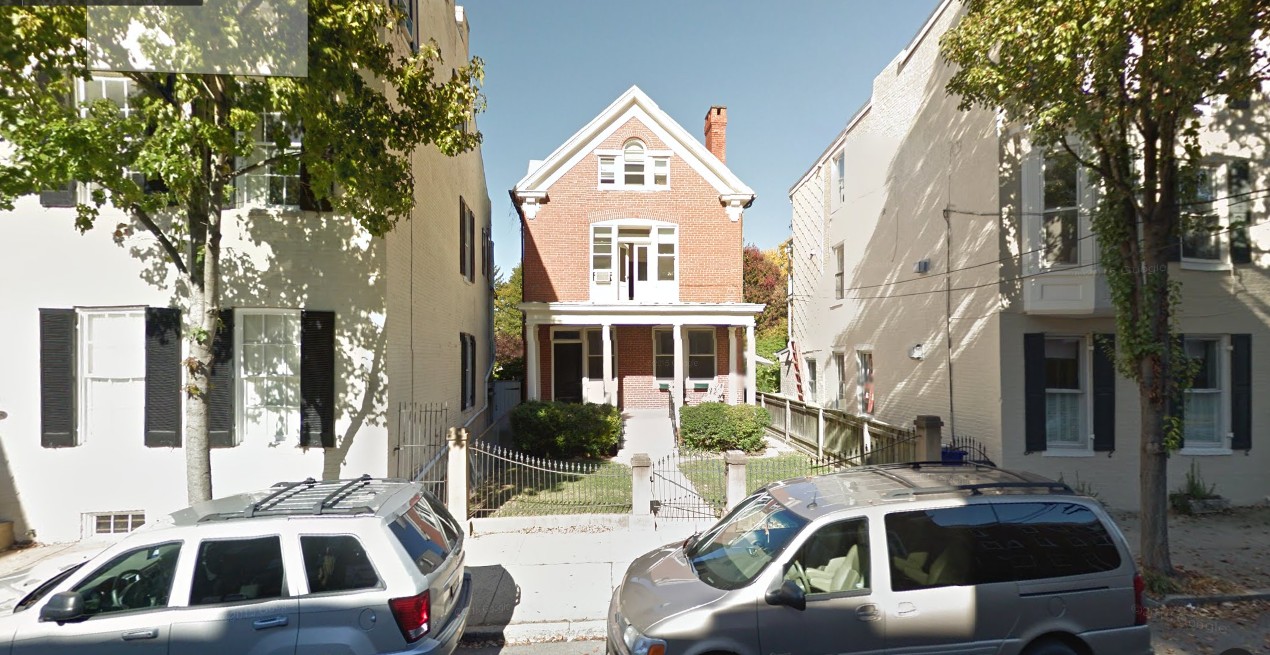
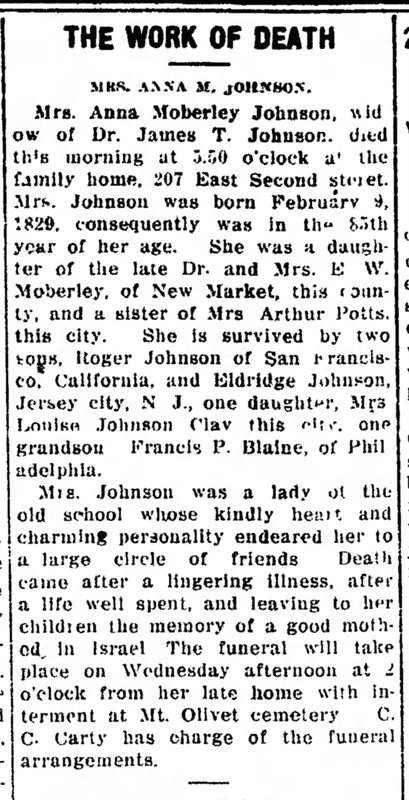
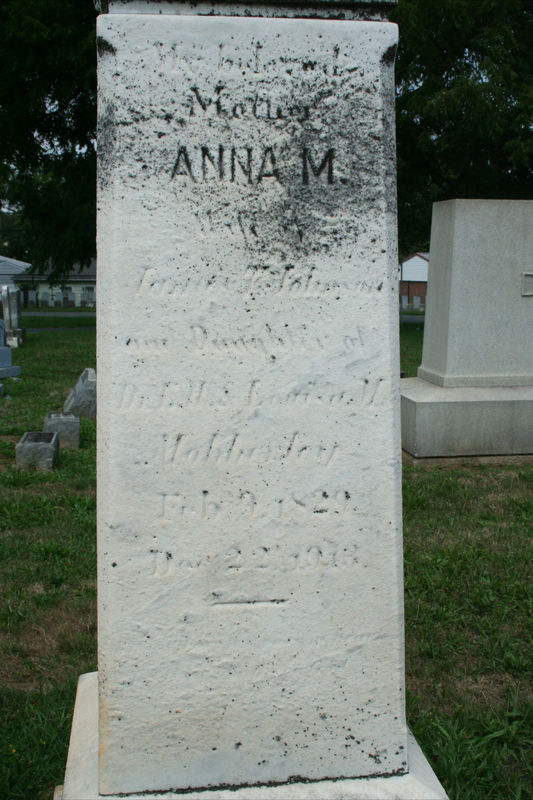
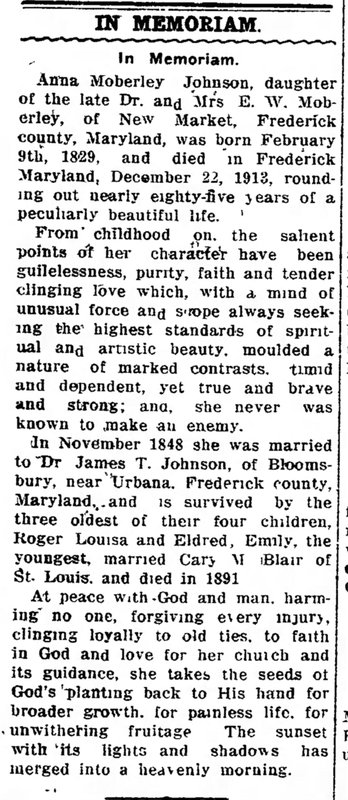
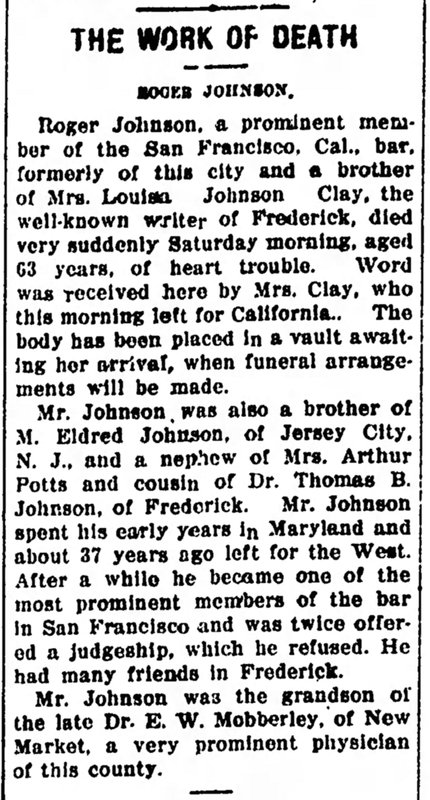
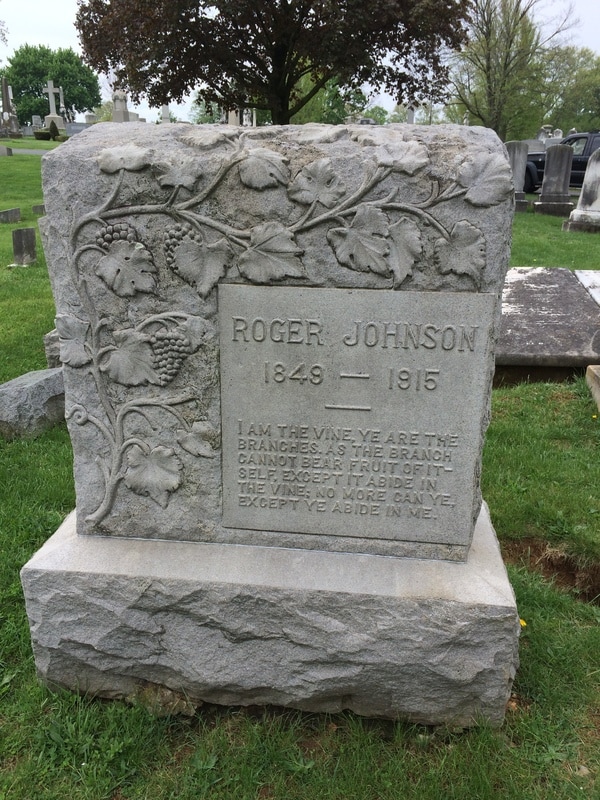
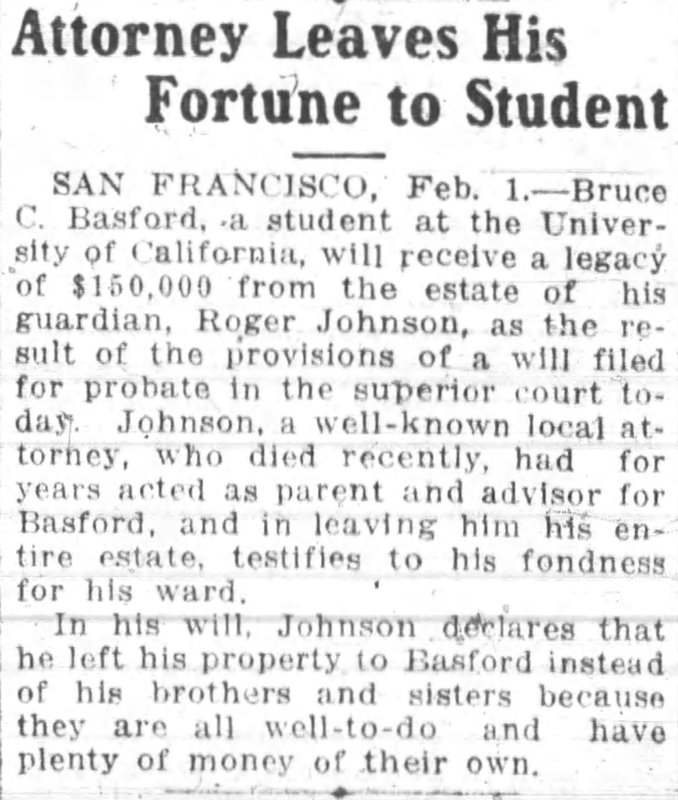
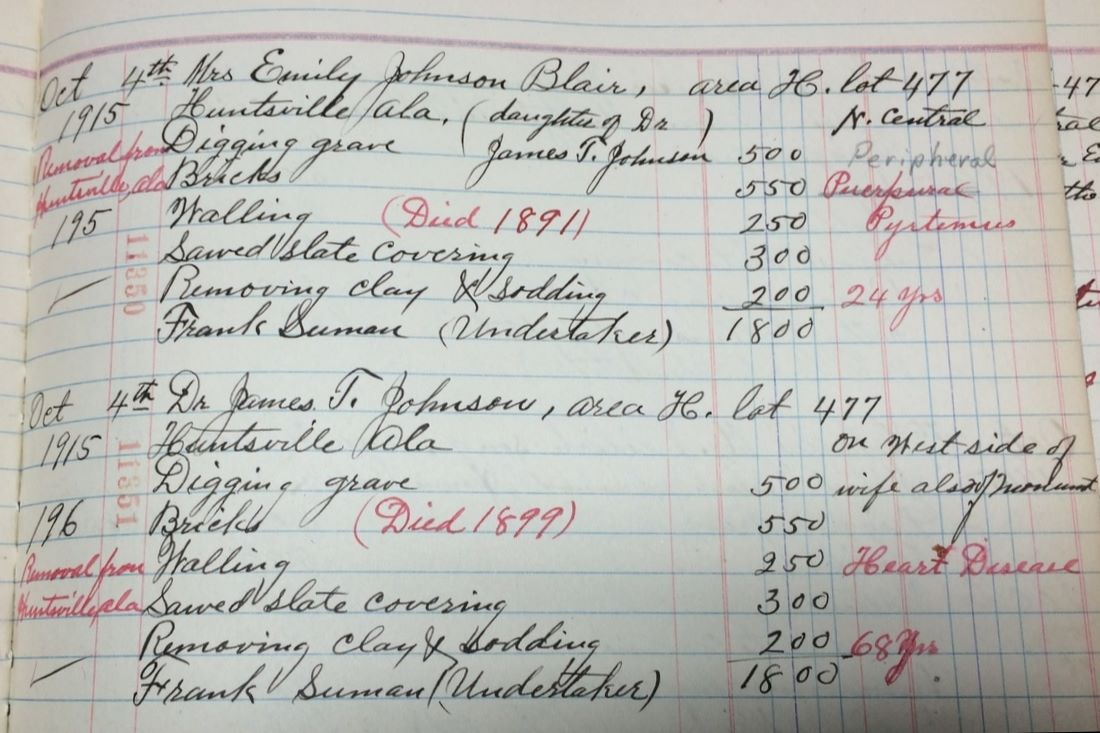
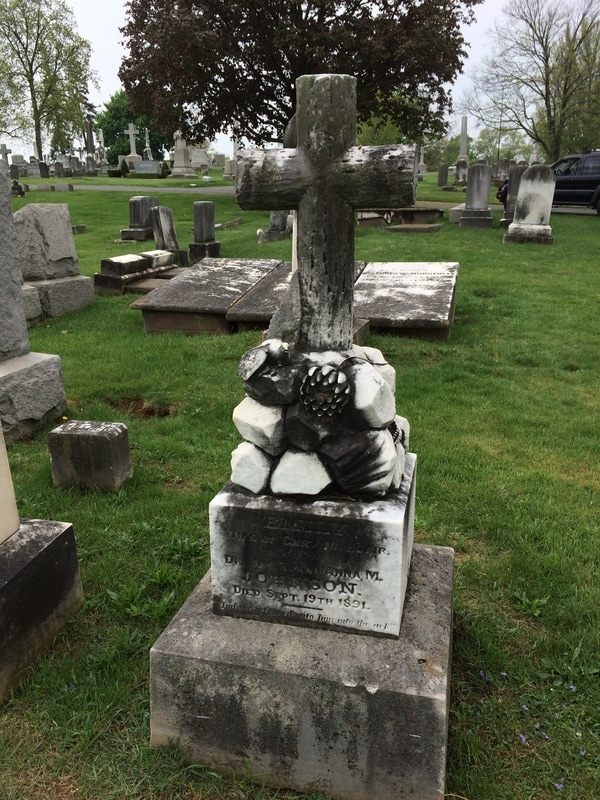
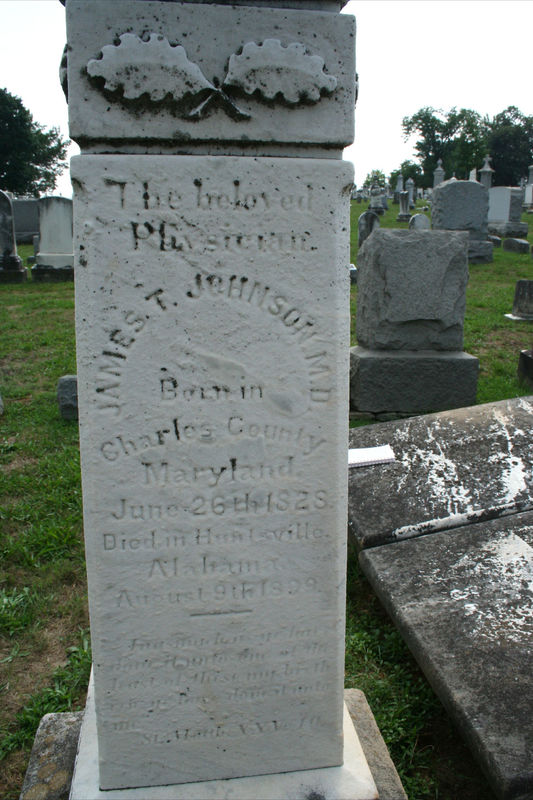
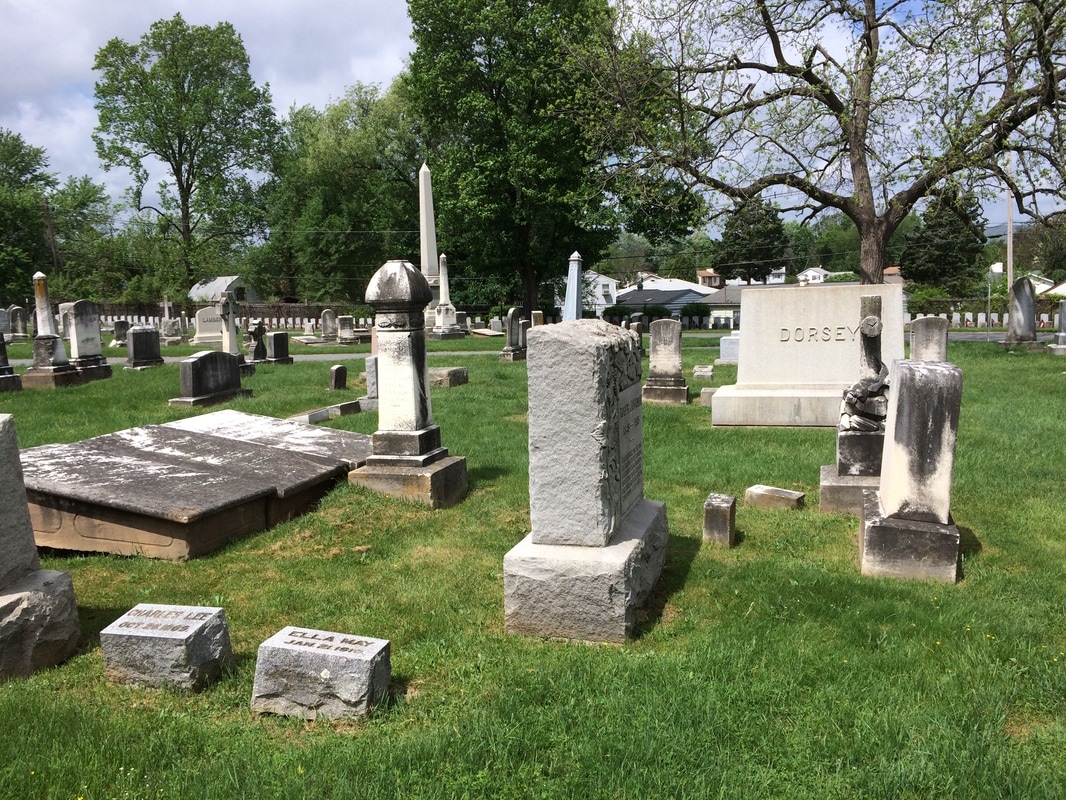
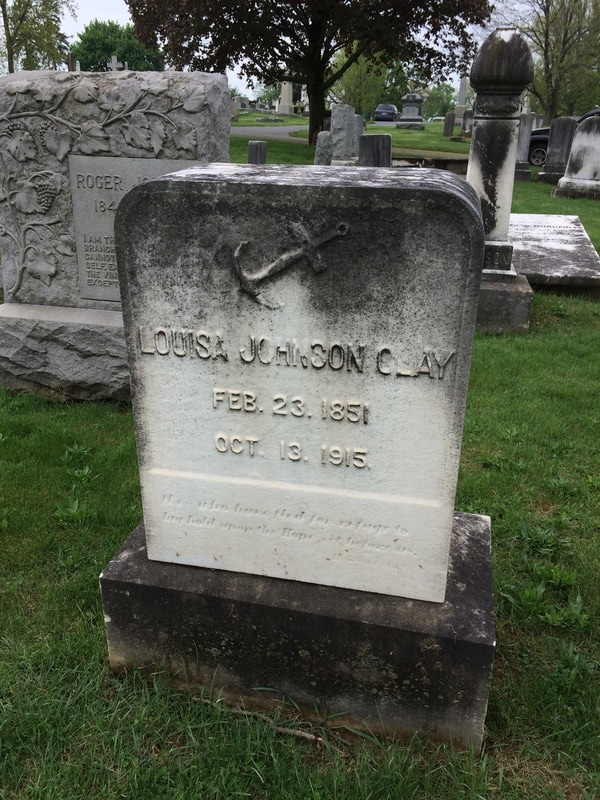

 RSS Feed
RSS Feed